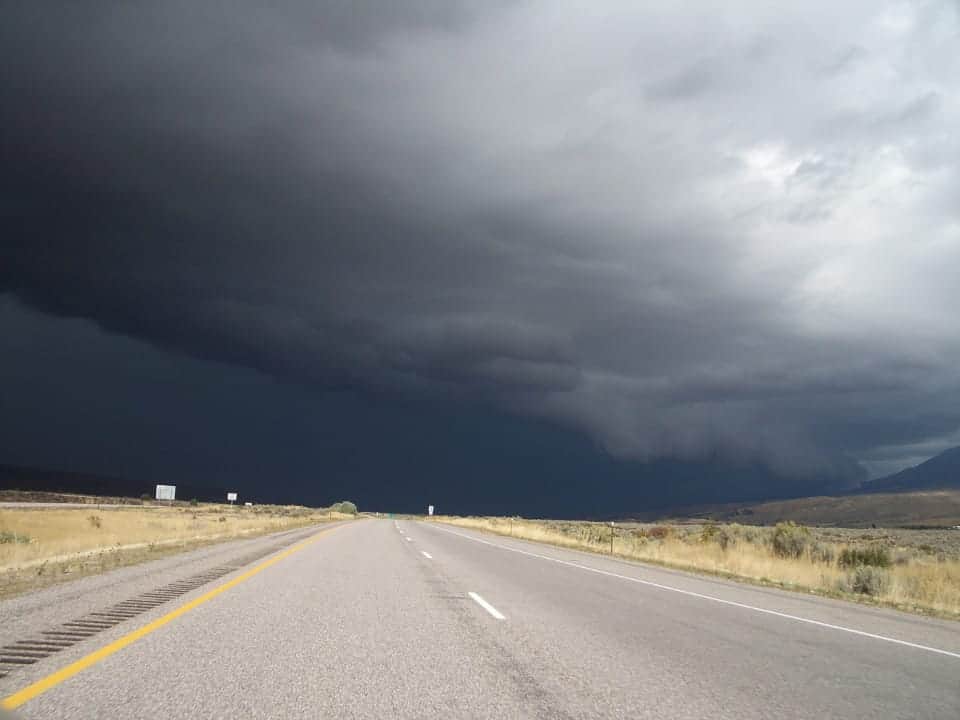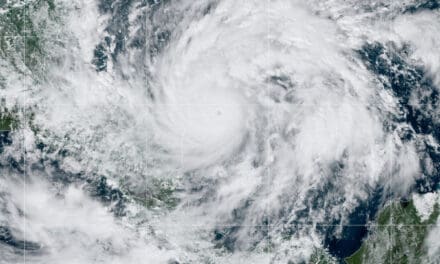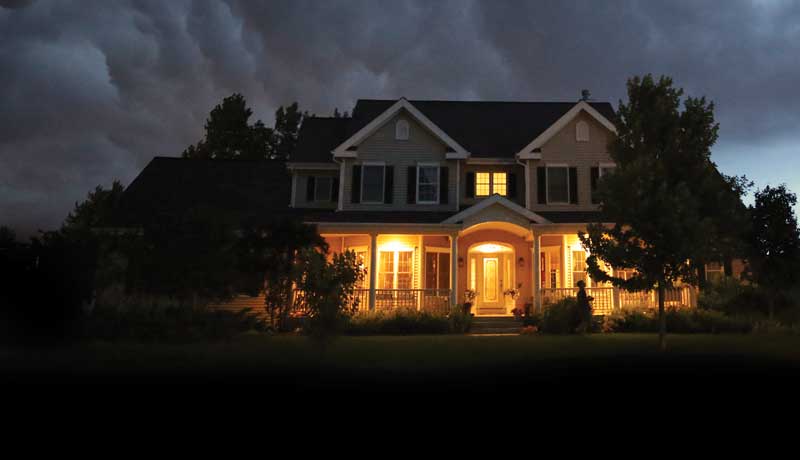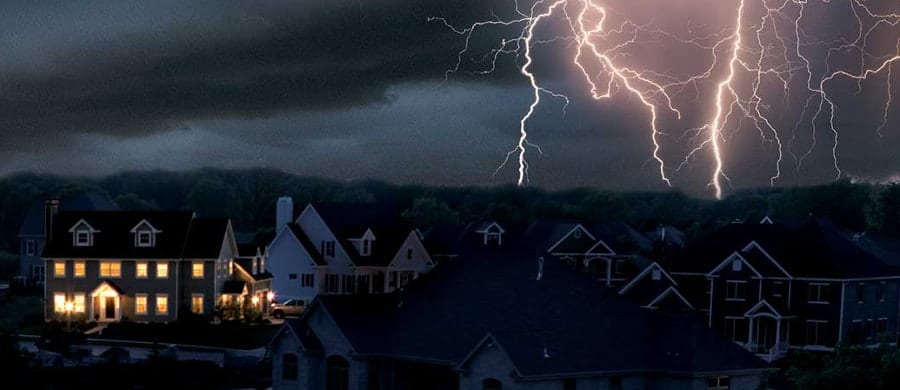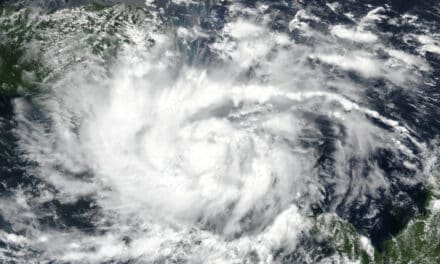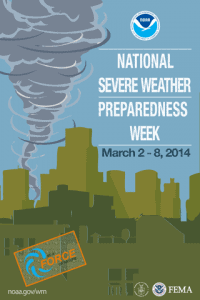 FEMA (Federal Emergency Management Agency) and the NOAA (National Oceanic and Atmospheric Agency) are helping to raise severe weather awareness and preparation during National Severe Weather Preparedness Week, March 2 through March 8.
FEMA (Federal Emergency Management Agency) and the NOAA (National Oceanic and Atmospheric Agency) are helping to raise severe weather awareness and preparation during National Severe Weather Preparedness Week, March 2 through March 8.
Severe weather is a possibility during every season and each carries it’s own risks. As winter begins to meld into spring, it’s time to start preparing for spring, summer, and fall weather hazards. The National Weather Service invites you to contact your regional NWS office to learn more about risks specific to your area.
Severe Weather Risk
Every region has its own severe weather risks whether from tornadoes, hurricanes, flooding, or other hazards. After a long period of drought, California is experiencing mudslides where heavy rains have inundated hillsides previously ravaged by wildfires. Wildfires are an annual concern throughout the West.
The Gulf and Atlantic Coasts are less than three months away from the hurricane season which begins June 1 and ends November 30. It would be a rare year indeed if no tropical cyclones came ashore to cause flooding, power outages, and force evacuations.
From the Rocky Mountains all the way to the East Coast, strong storms will spawn tornadoes. Last year an F5 tornado hit Moore, Oklahoma and carved a 1.3-mile-wide swath of destruction through the city and traveled 17 miles in 40 minutes. Three schools were among the buildings devastated along with a hospital and a movie theater.
Watches and Warnings
When severe weather threatens, a watch is issued to inform people of the weather risk. For example, when conditions are ripe for tornado, a tornado watch is issued. A warning indicates that the severe weather condition has formed into a threat. When a tornado forms, a warning is issued for the immediate area and path that the tornado is expected to take.
Understand the meaning of watch for each type of severe weather. A tornado watch means that a tornado could form at any time and any place within the watch area. The same is true of severe thunderstorms or winter weather.
Tropical cyclones are well tracked by weather services. Tropical storm and hurricane watches are issued 48 hours before the storm arrives. A warning means that arrival of the storm is imminent.
Plan for Severe Weather
Have a plan in place for dealing with severe weather. Prepare your home in advance of storm watches and know what you will do if severe weather threatens. Tornadoes sometimes give very little warning and having a shelter plan can save your family’s lives.
Be prepared with food, water, and supplies to last for three days following severe weather. FEMA has a list of items to include in an emergency supply kit.
 A source of backup power such as a portable or standby generator can keep your lights on and your home safe until utility companies are able to restore service. Portable owners should store enough fuel and know how to keep it fresh until needed.
A source of backup power such as a portable or standby generator can keep your lights on and your home safe until utility companies are able to restore service. Portable owners should store enough fuel and know how to keep it fresh until needed.
People with special dietary needs may find it difficult to purchase food in the event of a widespread disaster and should plan accordingly.
Know evacuation routes in the event you are forced to leave the area, and know where you will go as well. Don’t wait until the last minute to leave. Roadways will become clogged with traffic and fuel becomes difficult to purchase when everyone is leaving the area.
The Aftermath
Severe Weather is unforgiving and often leaves destruction in its wake. If you’re prepared with water, supplies, and food, you’ll find life more manageable. It is a little easier to focus on recovery when you’re not worried about drinking water, how to feed your family for the next few days, or whether you can keep warm in the winter or cool in the summer.
Having a plan and the supplies you need such as food, water, electricity, and many other items will get you through the storm’s aftermath until relief efforts reach you.
Be prepared for the next time severe weather threatens.

